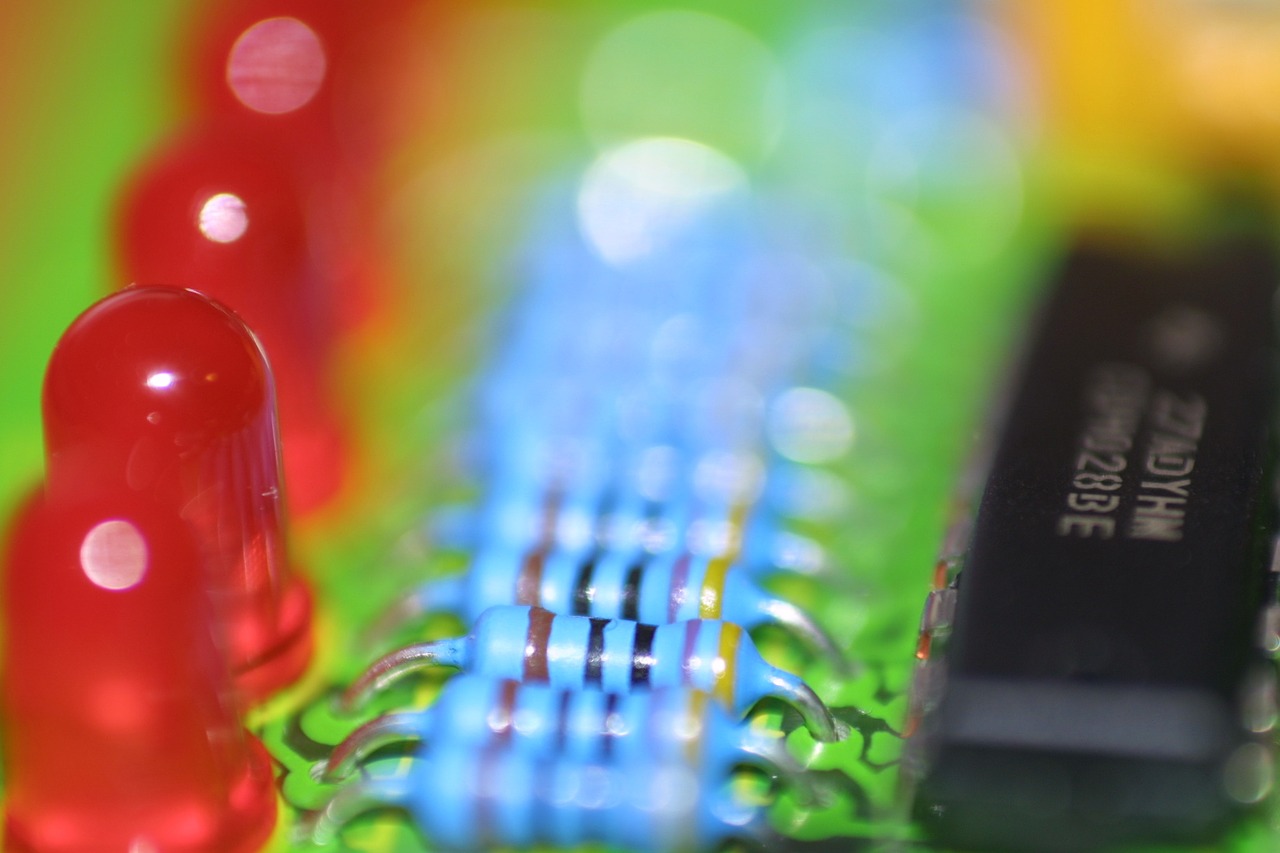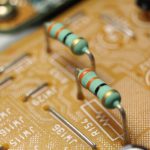
RGB LED Lighting shields
RGB LED lighting shields are designed to drive up to 3 parallel LED strings with a constant current. They are made up of 3 inverter buck converters with current feedback. Every single one of the buck converters can maintain a constant current at their output. The output voltage depends on the connected LED string and is not controlled by the buck converter. One such shield is the RGB Lighting shield board from Infineon. It is one of the earliest intelligent boards that is compatible with both the Arduino and the XCM1100 Boot Kit. It adds brilliant flicker-free light control for Arduino projects.
Features of the RGB LED Lighting Shield Board with XCMC1202
- Compatible with the XMC1100 kit from Infineon and Arduino Uno R3
- Drives and dims a maximum of 3 LED strings with constant current
- Offers up to 700mA average current on each string
- Capable of changing the color of the connected LED lamp
- Offers high-speed flicker-free modulation dimming on each PDM string
- Exhibits high power density due to high switching frequency concentrating in a small area
- Offers configurable current amplitude
- Offers configurable current ripple
- An input voltage of up to 48V DC
- The I²C interface has a configurable 10-bit slave address to increase the bus line range
Configuring the RGB LED shield
The RGB shield board can be programmed to always start up with configured values. You write the I2CSAVEPARM to enable the Arduino Board to instruct the shield to save the recent values (off-times, DMX controls, peak-current references, channel intensities, fade rate, dimming level, and walk time) to non-volatile memory. During the next start-up, the shield will start with the saved values loaded to the appropriate registers even without the Arduino board.
A virgin RGB LED shield has to be pre-configured with safe peak-current reference and off-time parameters. Once configured, these safe parameters, LED current will not be beyond thresholds.
What makes RGB LED Lighting Shield Board with XMC1202
The RGB LED Shield is an XMC1202 PCB that features an XMC1202 microcontroller that has a dimming control peripheral for LED lighting applications; Brightness $ Colour and Control (BCCU). It has 3 independent dimming engines and 9 independent Pulse Density Modulated channels. In this shield, 1 dimming engine and 6 channels are used. 10 basic sets of I²C commands can be sent to the shield to bring out various lighting effects in the LED lamp.
The XCM1202 microcontroller is compact and easy to configure offering a rapid means of fast prototyping of LED lighting. Owing to its high-speed pulse density modulation, the shield offers a flicker-free experience. Its dynamic dimming and color control. Its size is admirably small owing to high-power density. It also has backdoor access to onboard micro-controller for programmers and parameterization.
Summary
The RGB LED Lighting Shield Board with XMC1202 is certainly intelligent. It is easy to configure and is compatible with various LED light engines and lamps. It is ideal for fast prototyping since it’s compact and inexpensive. Its flexibility is the ultimate reason for its appeal to designers.





















